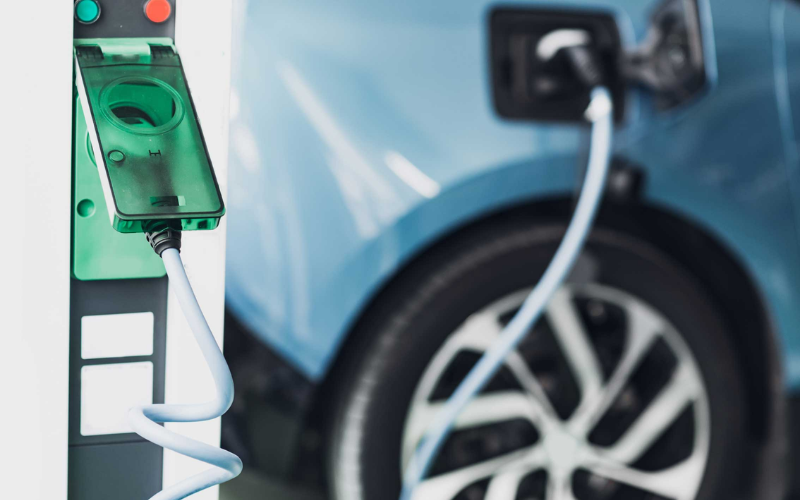How Do Electric Car Batteries Work?

As the automotive industry is becoming more electric-focused by the day, many questions are arising about the technology that powers an EV.
The majority of electric vehicles are motorised by a lithium-ion battery, which can last up to ten years in a vehicle.
But, how do these batteries work?
Charging and Discharging
Electricity is generated and stored within the battery pack to power the car.
As the energy depletes, the car needs charged to regenerate the electricity supply, just like when your fuel tank becomes empty, it needs filled up, or when your phone battery becomes low, you plug it in.
To do this, there are a number of ways to charge your electric vehicle battery from different types of charging points that are powered by the grid, or through wind or solar power.
If you have access to off-street parking, you can have your very own charge point installed, to enable overnight charging, and to help cut the costs, you could be eligible for certain grants to help towards the cost of the installation.
The government have also announced that every new build in the UK will have an electric vehicle charge point already built in, giving you accessibility on your doorstep to recharge your car.
However, what about those who live in flats, or do not have access to off street parking?
The Scottish government have spent more than £20m on EV infrastructure, and an extra £2.3 million has been pumped into wireless charging projects. Wireless charging – which uses the process of induction charging through pads installed on the underside of the vehicle and under the road surface, to transport electricity into the battery – will create more accessibility for those who want to charge at home.
However, whilst you’re on the road, it is inevitable that you will need to recharge, just like when you need to stop at a petrol station to refill.
There are more electric vehicle charging points across the UK than petrol stations, and in Scotland, there is an electric vehicle charge point every 2.78 miles, giving you easy access to re-charge your battery. You simply plug in, and let your battery recharge.
The charging time of a battery can differ and can be as little as 30 minutes when you use a rapid charger. It all depends on the size of the battery and the speed of the charging point.
How fast your battery loses charge can depend on numerous factors.
Just like in any other car, the speed you drive at or the amount of weight the vehicle is carrying can impact on the speed to which the battery drains.
Another aspect to take into consideration when it comes to battery drainage is the temperature. If the vehicle is in an environment that is too hot or too cold, this will affect the battery capacity.
It is also useful to know that overcharging or letting your battery drain too far can be damaging to the battery and affect the workings of it.
Battery Power
When purchasing an electric vehicle, it’s good to know what the battery specifications mean so you can understand how they power your car.
The battery capacity of an EV is measured in kilowatt hours (kWh), and the higher the kWh, the more range your EV will have. For instance, if the car has a 52kWh battery, it will give the car an estimated range of 242 miles.
As electric vehicles become more prominent on the roads, technology is being developed to create more batteries that will give the car more range, making it more convenient for drivers.